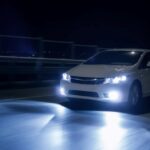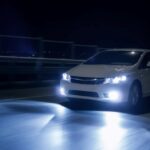When it comes to vehicle safety and style, car lights are more important than you might think. They serve as both practical tools for visibility and design features that can elevate the look of your car. Whether you’re cruising down a highway or navigating a busy city at night, the right lighting setup is essential for both function and flair. If you’re looking to upgrade or replace your car lights, it’s crucial to understand the different types available and their specific purposes.
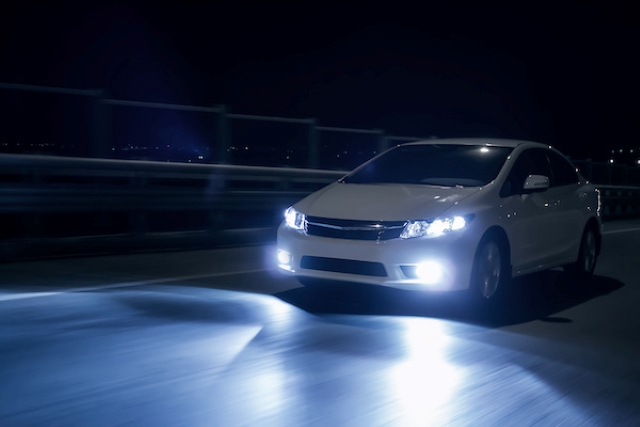
Why Are Car Lights Important?
Car lights are not just for decoration—they are essential for driving safely. Proper lighting helps improve your visibility during the night, in low-light conditions, or during bad weather. They also help other drivers and pedestrians see you. Headlights, taillights, fog lights, and interior lights each have their own roles to play, making sure you stay safe no matter the driving conditions.
Here’s a breakdown of why each type of light is important for your car’s functionality:
- Headlights: Provide visibility in front of the car, essential for driving in low light or at night.
- Taillights: Help other drivers see you from behind, particularly at night or during inclement weather.
- Fog Lights: Cut through mist or fog, offering better visibility when standard headlights are not enough.
- Brake Lights: Alert drivers behind you that you’re stopping or slowing down.
- Signal Lights: Let other drivers know when you are turning or changing lanes.
By ensuring that each of these lights is functioning properly, you’ll not only be keeping yourself safe but also making sure you’re following the legal requirements for road use.
Types of Car Lights
When it comes to car lighting, it’s easy to get overwhelmed with the sheer variety of lights available. Let’s dive into the most common types of car lights and their functions to give you a clearer idea of what you might need.
1. Headlights
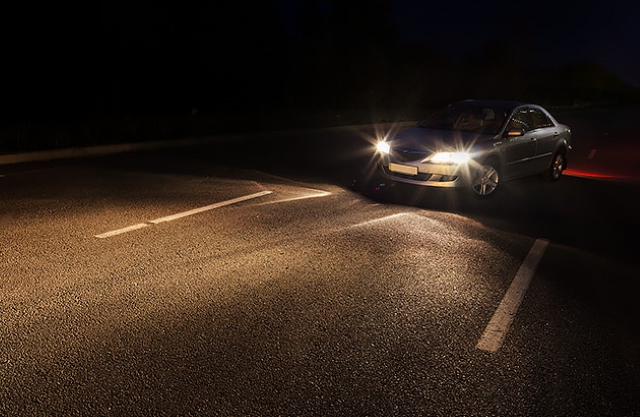
There are several different types of headlights, and knowing the differences can help you choose the best option for your vehicle. Common types include:
- Halogen: The most common type of headlight, halogen lights are affordable and effective. They work by passing an electrical current through a tungsten filament, which then produces light. They’re reliable but may not be as bright or long-lasting as other types.
- LED: These lights are energy-efficient and much brighter than halogen bulbs. LED lights can last for years without needing replacement, and they are becoming increasingly popular in newer car models.
- Xenon/HID: High-intensity discharge (HID) lights use xenon gas to produce a bright, white light that is much stronger than halogen. However, they can be more expensive and may cause glare for other drivers.
2. Taillights
Your car’s taillights are essential for staying visible to other drivers at night. Taillights often use the same bulbs as your brake lights but function differently. When the headlights are on, the taillights light up automatically to provide rear visibility.
3. Brake Lights
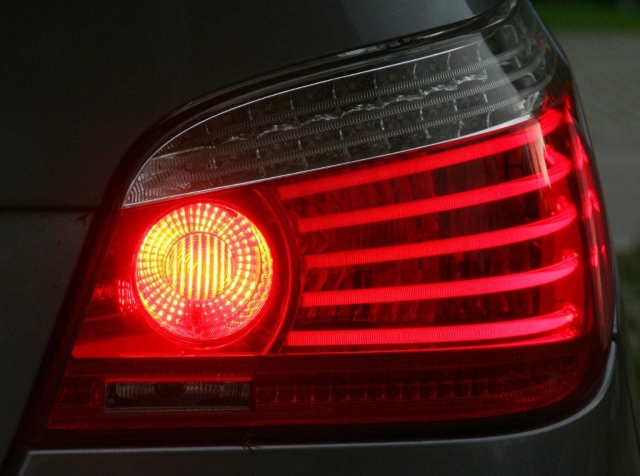
Brake lights are triggered every time you press the brake pedal, warning drivers behind you that you’re slowing down or coming to a stop. Ensuring your brake lights are working properly is crucial to avoiding rear-end collisions.
4. Fog Lights
Fog lights are designed to be used in harsh weather conditions like fog, rain, or snow, where visibility is limited. Unlike standard headlights, fog lights are mounted lower and have a broader beam pattern that helps you see the road immediately in front of you. They cut through fog without reflecting the light back into your eyes.
5. Indicator/Turn Signal Lights
Indicator lights are located at the front and rear of the vehicle. These lights blink to signal to other drivers when you intend to turn left or right. It’s important to make sure your indicators are functioning properly to prevent accidents and confusion on the road.
6. Interior Lights
Although not as critical as exterior lights, interior lighting is still important. These lights allow you to see the inside of your vehicle in the dark, making it easier to read maps or find something in your glove box.
Upgrading Your Car Lights
When upgrading your car lights, there are several factors to consider:
- Brightness: If you frequently drive at night or in low-visibility conditions, upgrading to brighter headlights or fog lights can improve your visibility.
- Energy Efficiency: LED lights consume less energy and last longer, making them a popular upgrade for both headlights and taillights.
- Style: Many car owners upgrade their lights not just for function, but for style. Customising your lights with LED strips or different coloured bulbs can give your car a sleek, modern look.
How to Choose the Right Car Lights
Selecting the right car lights can be tricky, especially with so many options. Here are a few tips to help you choose the best lights for your vehicle:
- Check Compatibility: Not all light types are compatible with every car. Ensure that the lights you’re buying are suitable for your vehicle’s make and model.
- Consider Your Driving Environment: If you often drive in foggy or rainy conditions, consider upgrading to fog lights. If you mostly drive at night, brighter headlights might be a better investment.
- Legal Requirements: Different states and countries have specific regulations regarding car lights. Be sure to check what’s legal in your area before making any upgrades.

